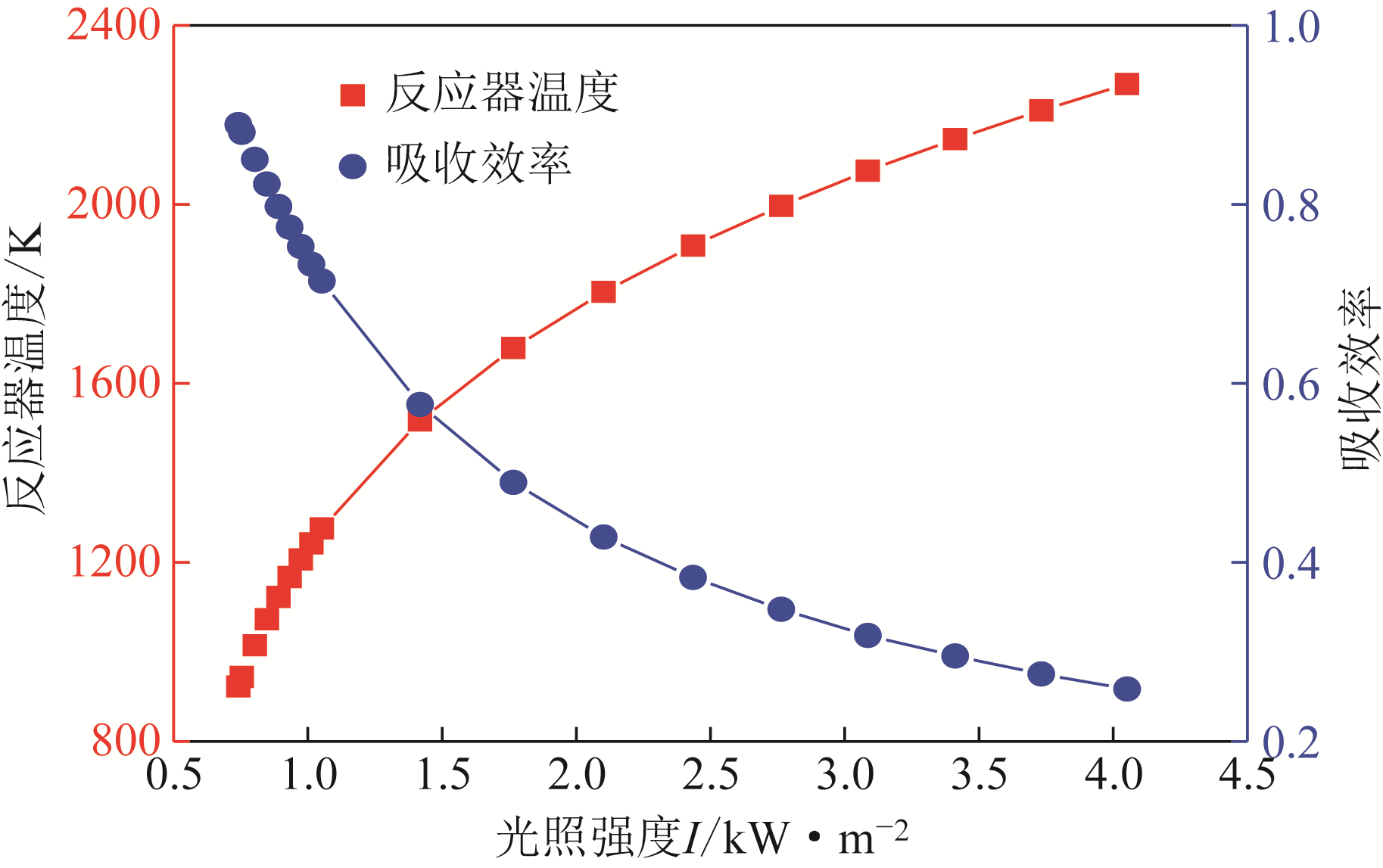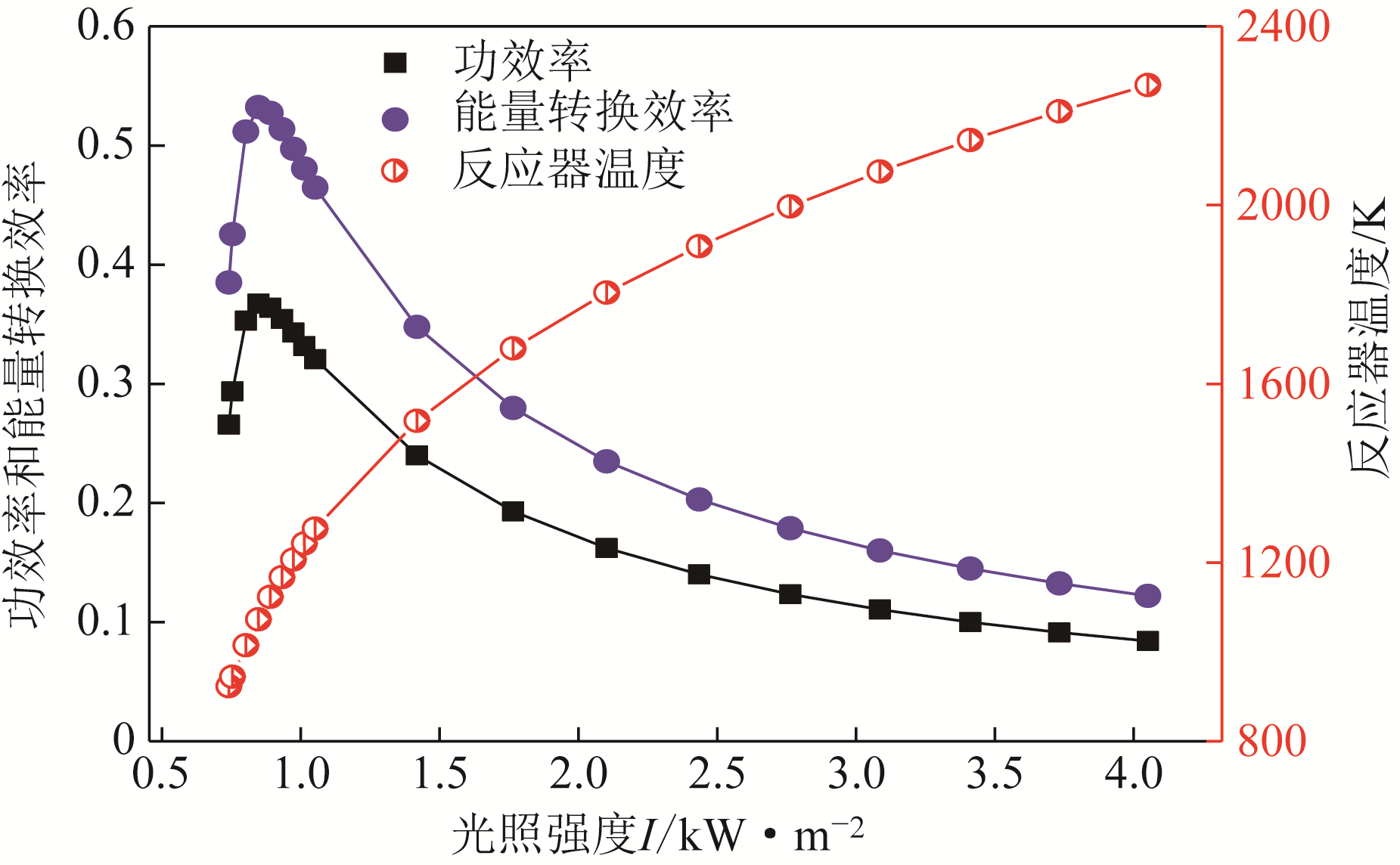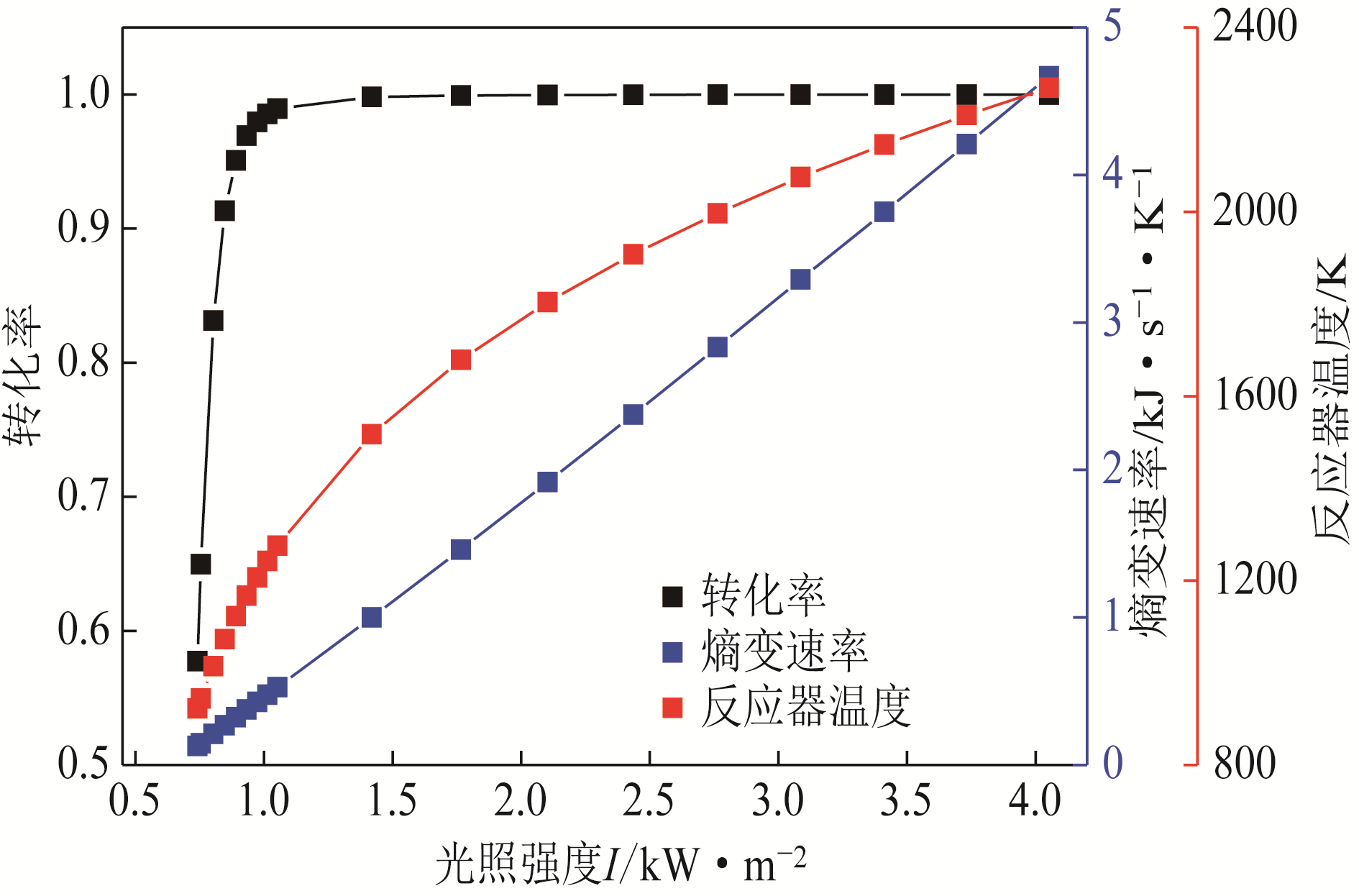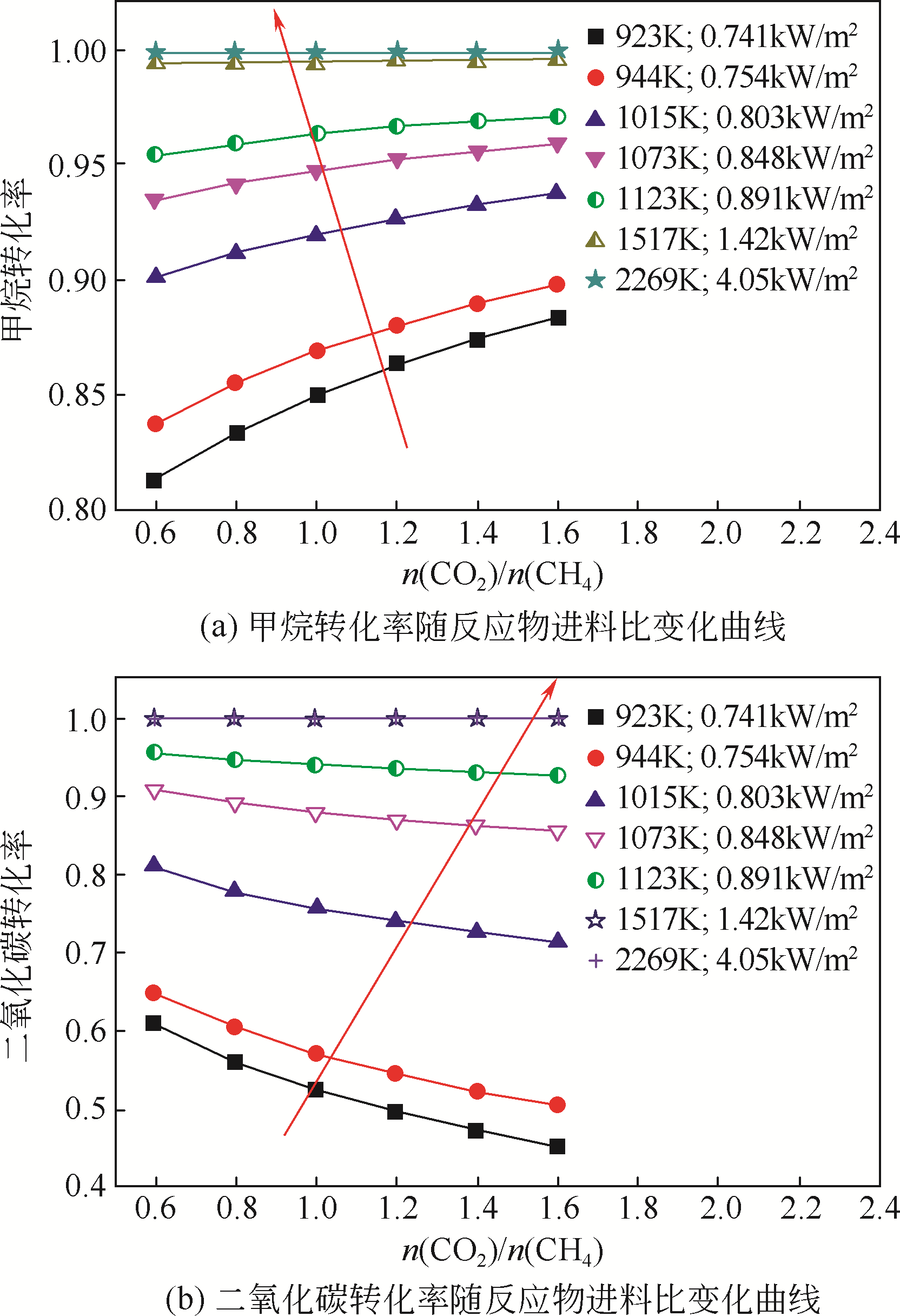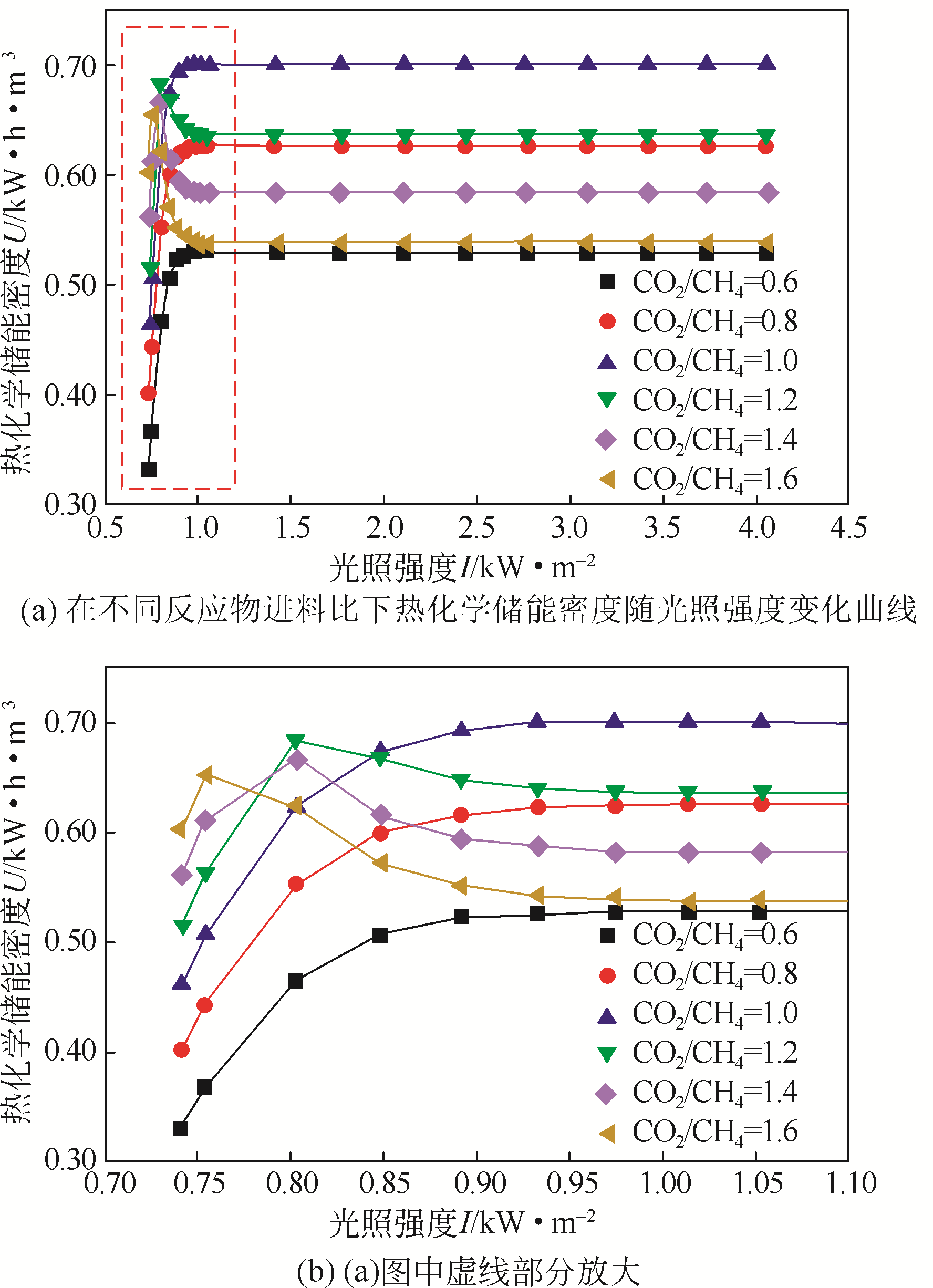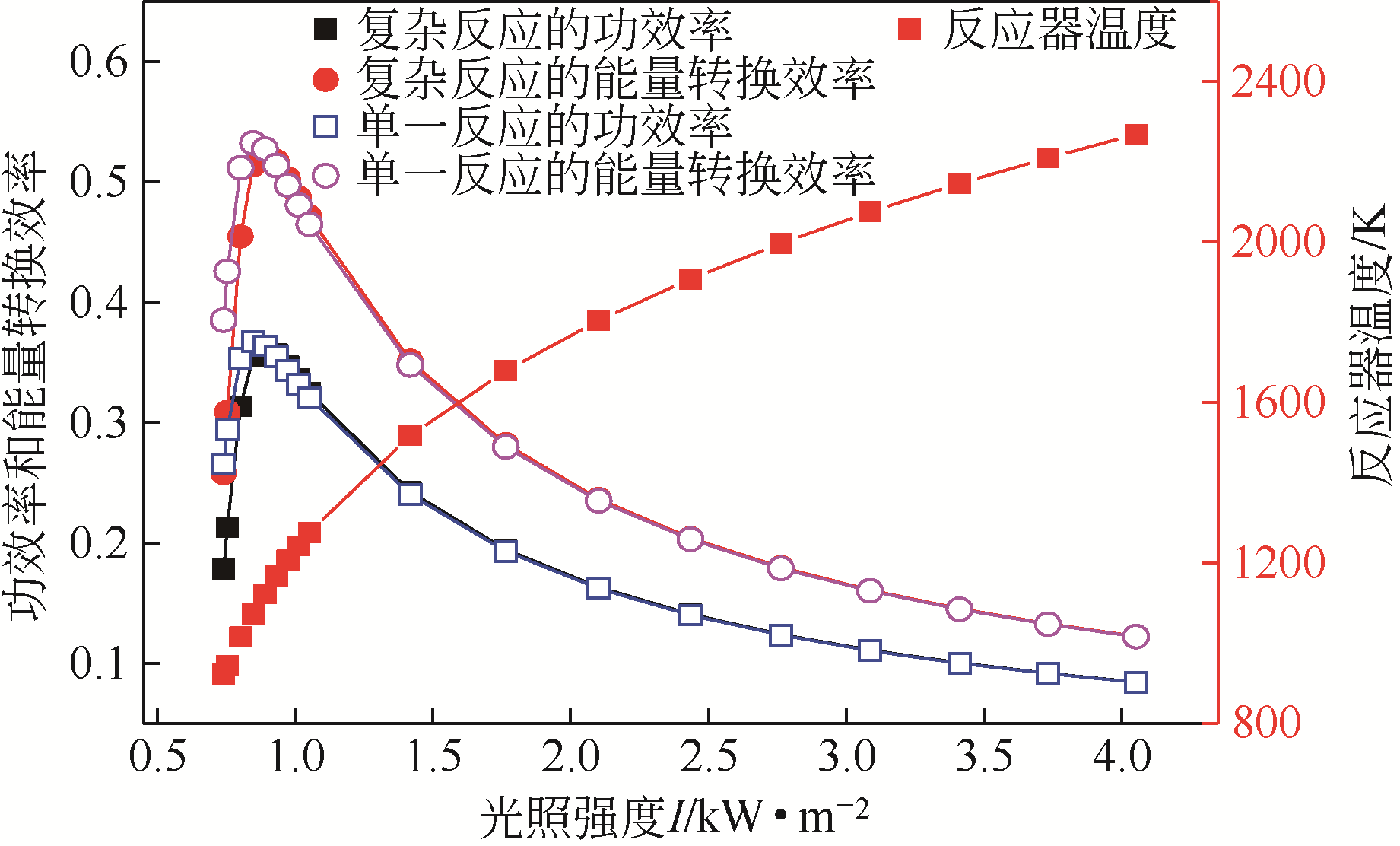| 1 |
吴娟, 龙新峰. 太阳能热化学储能研究进展[J]. 化工进展, 2014, 33(12): 3238-3245.
|
|
WUJ, LONGX F. Research progress of solar thermochemical energy storage[J]. Chemical Industry and Engineering Progress, 2014, 33(12): 3238-3245.
|
| 2 |
AGRAFIOTISC, ROEBM, SATTLERC. A review on solar thermal syngas production via redox pair-based water/carbon dioxide splitting thermochemical cycles[J]. Renewable and Sustainable Energy Reviews, 2015, 42: 254-285.
|
| 3 |
FUQIANGW, LANXINM, ZIMINGC, et al. Radiative heat transfer in solar thermochemical particle reactor: a comprehensive review[J]. Renewable and Sustainable Energy Reviews, 2017, 73: 935-949.
|
| 4 |
ALONSOE, ROMEROM. Review of experimental investigation on directly irradiated particles solar reactors[J]. Renewable and Sustainable Energy Reviews, 2015, 41: 53-67.
|
| 5 |
EDALATPOURM, ARYANAK, KIANIFARA, et al. Solar stills: a review of the latest developments in numerical simulations[J]. Solar Energy, 2016, 135: 897-922.
|
| 6 |
YADAVD, BANERJEER. A review of solar thermochemical processes[J]. Renewable and Sustainable Energy Reviews, 2016, 54: 497-532.
|
| 7 |
SCHAUBEF, WOERNERA, TAMMER. High temperature thermochemical heat storage for concentrated solar power using gas-solid reactions[J]. Journal of Solar Energy Engineering: Transactions of the ASME, 2011, 133 (3): 031006.
|
| 8 |
HERRMANNU, KEARNEYD W. Survey of thermal energy storage for parabolic trough power plants[J]. Journal of Solar Energy Engineering:Transactions of the ASME, 2002, 124(2): 145-152.
|
| 9 |
ZAMENGOM, RYU J, KATOY. Thermochemical performance of magnesium hydroxide-expanded graphite pellets for chemical heat pump[J]. Applied Thermal Engineering, 2014, 64(1/2): 339-347.
|
| 10 |
DUNNR I, HEARPSP J, WRIGHTM N. Molten-salt power towers: newly commercial concentrating solar storage[J]. Proceedings of the IEEE, 2012, 100(2): 504-515.
|
| 11 |
LOUTZENHISERP G, STEINFELDA. Solar syngas production from CO2 and H2O in a two-step thermochemical cycle via Zn/ZnO redox reactions: thermodynamic cycle analysis[J]. International Journal of Hydrogen Energy, 2011, 36(19): 12141-12147.
|
| 12 |
AGRAFIOTISC, ROEBM, SCHMÜCKERM, et al. Exploitation of thermochemical cycles based on solid oxide redox systems for thermochemical storage of solar heat. Part 1: Testing of cobalt oxide-based powders[J]. Solar Energy, 2014, 102: 189-211.
|
| 13 |
YILMAZF, BALTAM T. Energy and exergy analyses of hydrogen production step in boron based thermochemical cycle for hydrogen production[J]. International Journal of Hydrogen Energy, 2017, 42(4): 2485-2491.
|
| 14 |
SUNY, RITCHIET, HLA S S, et al. Thermodynamic analysis of mixed and dry reforming of methane for solar thermal applications[J]. Journal of Natural Gas Chemistry, 2011, 20(6): 568-576.
|
| 15 |
唐强, 阳绪东, 张力. 甲烷三重整制合成气热力学分析[J]. 热能动力工程, 2012, 27(3): 296-300.
|
|
TANGQ, YANGX D, ZHANGL. Thermodynamic analysis for methane triple reforming syngas[J]. Journal of Engineering for Thermal Energy and Ppwer, 2012, 27(3): 296-300.
|
| 16 |
李建伟, 陈冲, 王丹, 等. 甲烷二氧化碳重整热力学分析[J]. 石油与天然气化工, 2015, 44(3): 60-64.
|
|
LIJ W, CHENC, WANGD, et al. Thermodynamic analysis of methane reforming with carbon doixide[J]. Chemical Engineering of Oil & Gas, 2015, 44(3): 60-64.
|
| 17 |
陈玉民, 赵永椿, 张军营, 等. 甲烷自热重整制氢的热力学和动力学分析[J]. 燃料化学学报, 2011, 39(8): 633-640.
|
|
CHENY M, ZHAOY C, ZHANGJ Y, et al. Thermodynamic and kinetic analyses for hydrogen production via methane autothermal reforming[J]. Journal of Fuel Chemistry and Technology, 2011, 39(8): 633-640.
|
| 18 |
王胜, 王树东, 袁中山, 等. 甲烷自热重整制氢热力学分析[J]. 燃料化学学报, 2006, 34(2): 222-225.
|
|
WANGS, WANGS D, YUANZ S, et al. Thermodynamically favorable operating conditions for production of hydrogen by methane autothermal reforming[J]. Journal of Fuel Chemistry and Technology, 2006, 34(2): 633-640.
|
| 19 |
PENGX D. Analysis of the thermal efficiency limit of the steam methane reforming process[J]. Industrial & Engineering Chemistry Research, 2012, 51(50): 16385-16392.
|
| 20 |
王明德. 物理化学[M]. 2版. 北京: 化学工业出版社, 2015: 370-376.
|
|
WANGM D. Physical chemistry[M]. 2nd ed. Beijing: Chemical Industry Press, 2015: 370-376.
|
 ),Tao XIE1(
),Tao XIE1( ),Sheng WANG2,Bolun YANG1
),Sheng WANG2,Bolun YANG1

